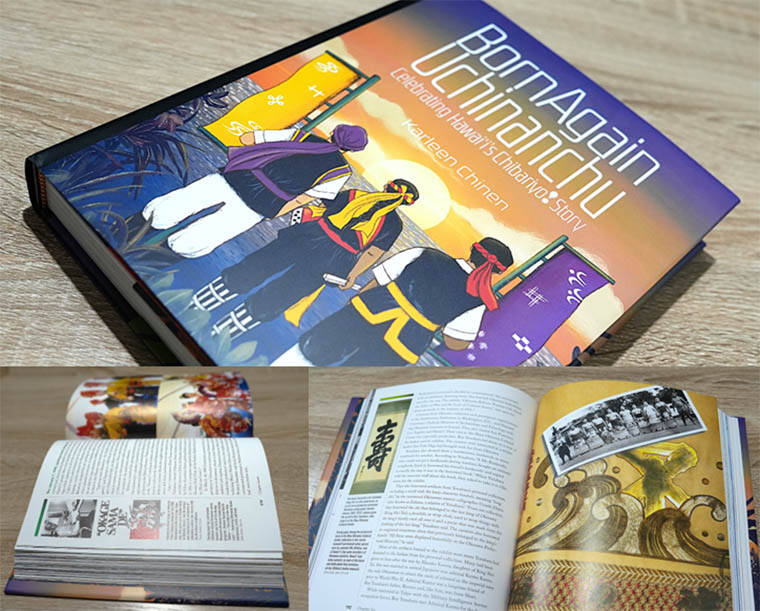According to the Center for Okinawan Studies at the University of Hawaii, there are estimated to be between 45,000 and 50,000 persons of Okinawan descent living in Hawaii — about 3% of the population.
Such a small number is nowhere close to representing the impact that one ethnic group has had on Hawaii politics and culture.
A new book, “Born Again Uchinanchu, Celebrating Hawaii’s Chibariyo Story” by Karleen Chinen, adds a much-needed glimpse into the dynamic and growing impact that Okinawan immigrants have had in setting the culture of Hawaii.
David Ige, eighth governor of Hawaii, was singled out by the Consulate General of Japan in Honolulu, who detailed how the former governor’s family roots trace back to Okinawa, and said Ige “especially valued this familial connection and contributed to promoting exchanges in the field of clean energy and education between Okinawa and Hawaii.”
Another Hawaii governor, John Waihee, is bound by both family and politics to Okinawa.
As he says in the book’s forward, the spark that struck Waihee before he learned how to be a successful politician was meeting his wife, Lynne Chieko Kobashigawa.
“As I stared, I didn’t see a Japanese much less an Okinawan young lady — I saw an angel,” an awestruck Waihee wrote.
By the time the pair went from Hawaiian Mission Academy in Hawaii to college together at Andrews University in Michigan, Waihee wrote, he had learned to appreciate that “Lynne was Okinawan, which sounded more exotic than just Japanese.”
Then Honokaa-raised, part-Hawaiian Waihee learned that along with Lynne came her mom — “Mom” Kobashigawa, who operated a popular saimin restaurant, “Farrington Inn across from historic Farrington High School in Kalihi.”
Mom and Lynne meant Waihee was now plugged into an elaborate network of Okinawan and Kalihi supporters — and he learned the word, “Uchinianchu,” meaning person of Okinawa.
The Waihee campaign won the support of Okinawan volunteers, such as campaign masterminds Bob Oshiro and Ed Kubo.
“We received the support from all across Okinawa,” Waihee said, adding that at the time, foreign contributions were legal.
“Every town and village sent us banners,” he said, pointing out that Kubo called him the first “Uchinanchu-at-heart governor by adoption.”
“I always wanted my children to know and appreciate their Okinawan heritage and relatives,” Waihee said, thanking Chinen for writing her book.
The key to Okinawans’ successes in Hawaii was touched upon by Waihee, who explained it as Lynne’s mother would, holding two fingers tightly together saying, “‘You know who are Uchinananchu when faced with challenging times, you come together instead of falling apart.’”
Chinen, the retired former editor of the Hawaii Herald, Hawaii’s Japanese-American community journal, did a remarkable job tying together the story of Hawaii’s Okinawan community in her 352-page book.
Chinen explained that in writing the book, the timing for it was perfect.
“I think Okinawans have been increasingly visible for the last three or four decades. They are viewed as a group that can get things done because they work together. People do have different views, but for the most part they see their strength in working together.”
Hard work and the ability to focus on a community goal has made the Hawaii Okinawan community a potent political force for candidates of many ethnicities. This new book helps explain both the how and why of that story.
Richard Borreca writes on politics on Sundays. Reach him at 808onpolitics@gmail.com.
